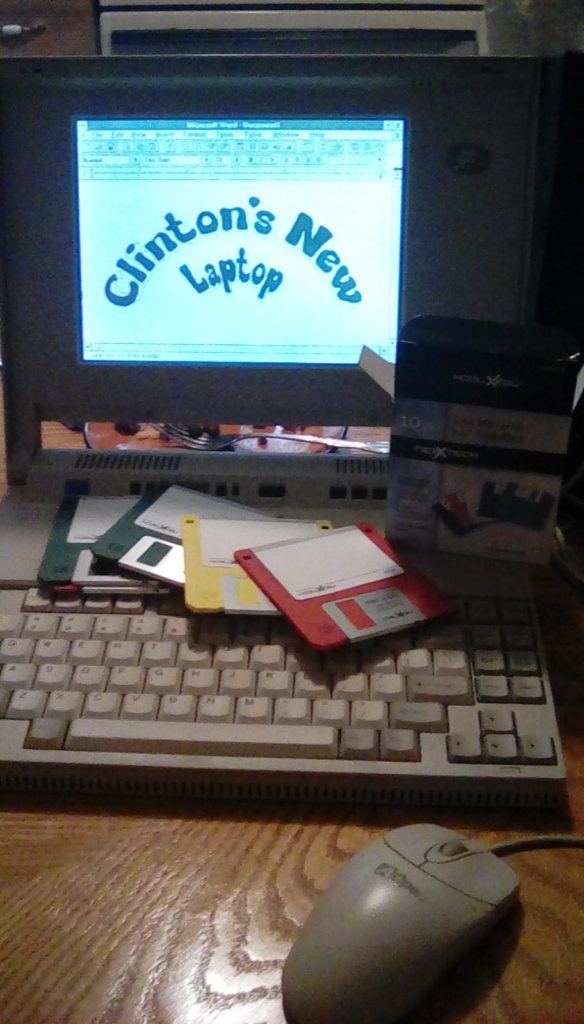In a 1964 article entitled New Media and the Arts published in the University of Wisconson’s Arts in Society, Marshall McLuhan summarized his theory of media as so:
…To sum this up, it can be enunciated as a principle that all new media or technologies, whatever, create new environments, psychic and social, that assume as their natural content the earlier technologies. Moreover, the content of these new environments undergoes a progressive reshaping so that what had appeared earlier as dishevelled and degraded becomes conventionalized into an artistic genre. TV, as the latest archetypal environment or technology, is very much in this dishevelled phase. The movie remained in such a dishevelled phase for decades. Whether Telstar is already a new archetypal environment that assumes the present TV form as its content will appear fairly soon. The principle of new technology as
